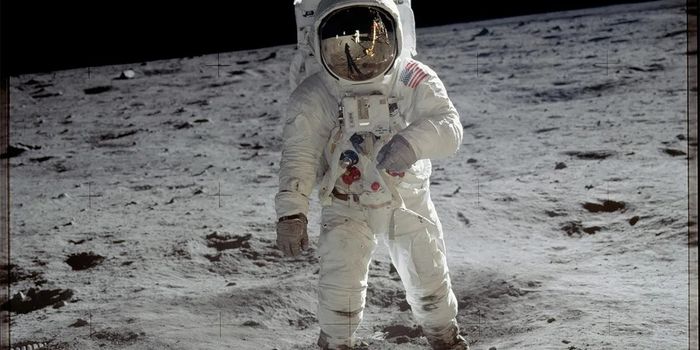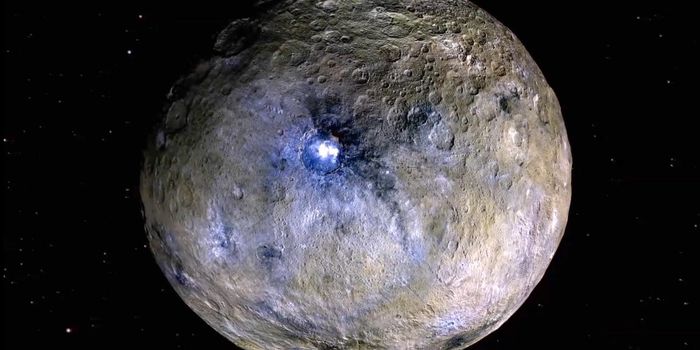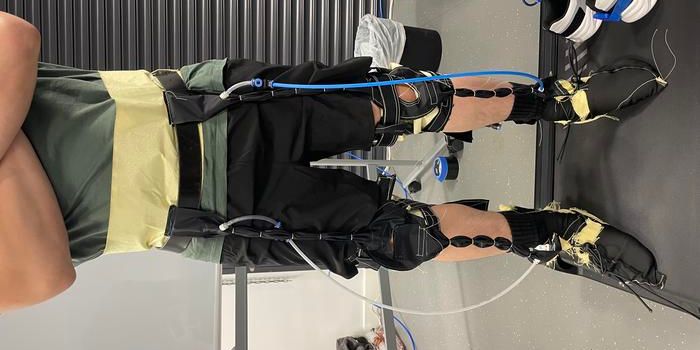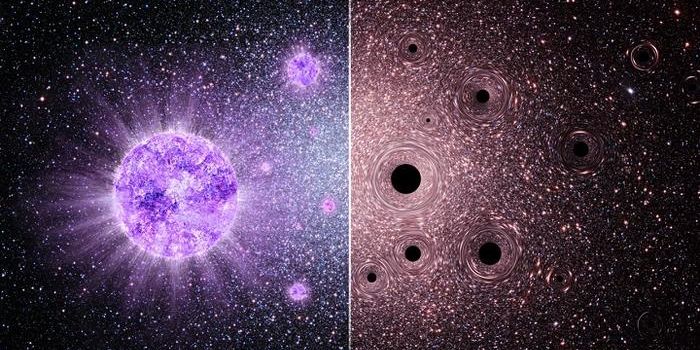How Much Do You Know About NASA's Voyager Missions?
NASA’s Voyager 1 and 2 spacecraft each launched in 1977 for a unique opportunity to explore the solar system’s outermost planets in unprecedented detail. But soon after completing that phase of their missions, the twin Voyager spacecraft only continued to float on and beyond the planets they sought to study.
More than four decades later, NASA’s twin Voyager spacecraft are still operational today, albeit in a region of outer space that many thought we’d never see. They’re currently probing what’s called interstellar space, and in this region, we can finally learn more about the dynamics of outer space outside of our solar system.
Both of the Voyager spacecraft are nuclear-powered, and with that in mind, they don’t need rays from the Sun to continue working. They’ll eventually run out of juice, but NASA delays the inevitable by shutting down unnecessary instruments over time to conserve power and continue receiving signals from interstellar space.
It’s a constant challenge to send and receive signals from such a distant spacecraft. It takes up to 20 hours for a radio signal to reach the furthest Voyager probe from the Deep Space Network, and another 20 hours for a return signal. Fortunately, the Voyager probes are somewhat autonomous, and they can monitor themselves to a degree.
Assuming extraterrestrials ever get so lucky to happen upon either of NASA’s Voyager probes, they’ll find some particularly valuable treasure onboard, including a durable golden record that will tell the story of human existence for eons to come.
Given just how much these missions mean to the scientists who conceived them, it’ll be a sad day when the spacecraft eventually run out of power and shut down.








